VR Browsers: The key to more immersive web navigation
Last 2017 was a special time for browsers that supported WebVR standards. We actually saw giants like Amazon jumping in the space with Sumerian that...
3 min read
Sales : Feb 19, 2018 12:00:00 AM
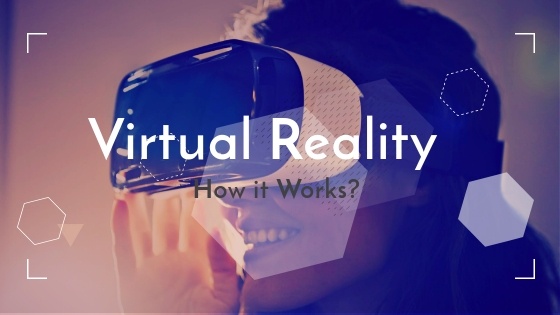
Virtual reality is a way to create a computer-generated environment that immerses the user into a virtual world. When we put on a VR headset it takes us to a simulated set-up making us completely aloof from the actual surroundings. If you ever have put on one you would know exactly what I am talking about.
While from an experiential perspective we do understand the concept but what about the technical backend that goes into making it all possible. Do you really know how virtual reality works? In this blog, we will understand the technology behind virtual reality and the basic terminology surrounding the development of a simulated ecosystem for a head-mounted display (VR headset).
Interested in latest technologies? Grab our free eBook:
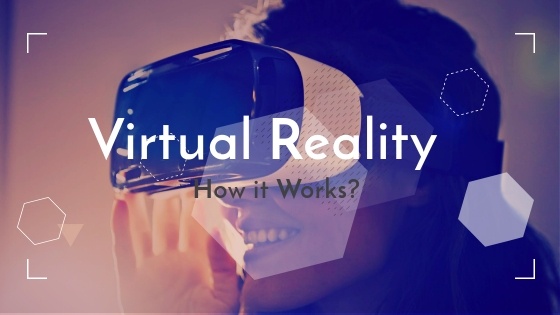
The primary subject of virtual reality is simulating the vision. Every headset aims to perfect their approach to creating an immersive 3D environment. Each VR headset puts up a screen (or two - one for each eye) in front of eyes thus, eliminating any interaction with the real world. Two autofocus lenses are generally placed between the screen and the eyes that adjust based on individual eye movement and positioning. The visuals on the screen are rendered either by using a mobile phone or HDMI cable connected to a PC.
To create a truly immersive virtual reality there are certain prerequisites - a frame rate of minimum 60fps, an equally competent refresh rate and minimum 100-degree field of view (FOV) (though 180 degrees is ideal). The frame rate is the rate at which the GPU can process the images per second, screen refresh rate is the pace of the display to render images, and FOV is the extent to which the display can support eye and head movement.
If either of these doesn’t work as per the standards the user can experience latency i.e. too much time gap between their actions and the response from the screen. We need the response to be less than 20 milliseconds to trick the brain which is achieved by combining all the above factors in the right proportion. Another issue that needs to be catered here is to prevent tearing (cybersickness) resulting due to the inconsistency between the frame rate and refresh rate. If the GPU’s fps is more than the screen refresh rate then the image can become distorted. To counter this issue, we limit the framerate to the monitor’s refresh rate this done using a tech called Vertical Sync (VSync).
Among the major headsets available today, Vive and Rift both have 110-degree FOVs, Google Cardboard has 90, the GearVR has 96 and the new Google Daydream offers up to 120 degrees. As for frame rate, both HTC Vive and Oculus Rift come with 90hz displays, while the PlayStation VR offers a 60hz display.
Read More: Impact of Virtual Reality on Business
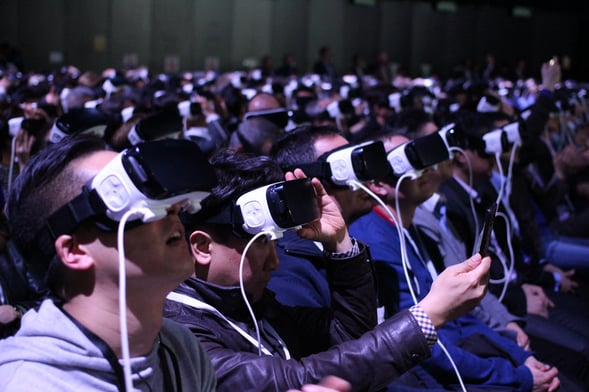
Apart from the image there are certain other elements that go into creating an immersive VR experience, making users completely engrossed in the virtual environment:
Sound effects, when synced with the visuals, can create very engaging effects. By using a headphone and 3D sound effects the user’s belief in the virtual environment can be reassured. While crafting sound effects due care needs to be taken about the consistency between the graphics and the sound. If you start playing horror music in the background of a fairy tale movie it will just put the user off.
Eye and head tracking can be ensured using laser pointers, led lights or mobile sensors. In mobile, we use the accelerometer to detect three-dimensional movement, gyroscope for angular movement and magnetometer to identify the position relative to the Earth. If we need to achieve a very high accuracy then cameras and sensors can be installed in the room where you would use the headset. Although this is a much costlier setup as compared to using basic phone sensors.
Read More: 8 Unconventional Applications of Virtual Reality and Augmented Reality
In future, we will see rapid advancements in creating a truly immersive digital experience. With major players like Google, Microsoft, Oculus, and HTC making tremendous efforts to improve the current capabilities, we are not far from achieving a virtual reality that would feel so much better than the real world.
The VR technology presents countless opportunities for brands to create breathtaking marketing content. Using this approach, they won’t only win over customers but also establish themselves as the leader in innovation. If would like to develop a VR app for your business then feel free to get in touch. With over 10 years of experience in mobile technologies, we can make every dream a reality.
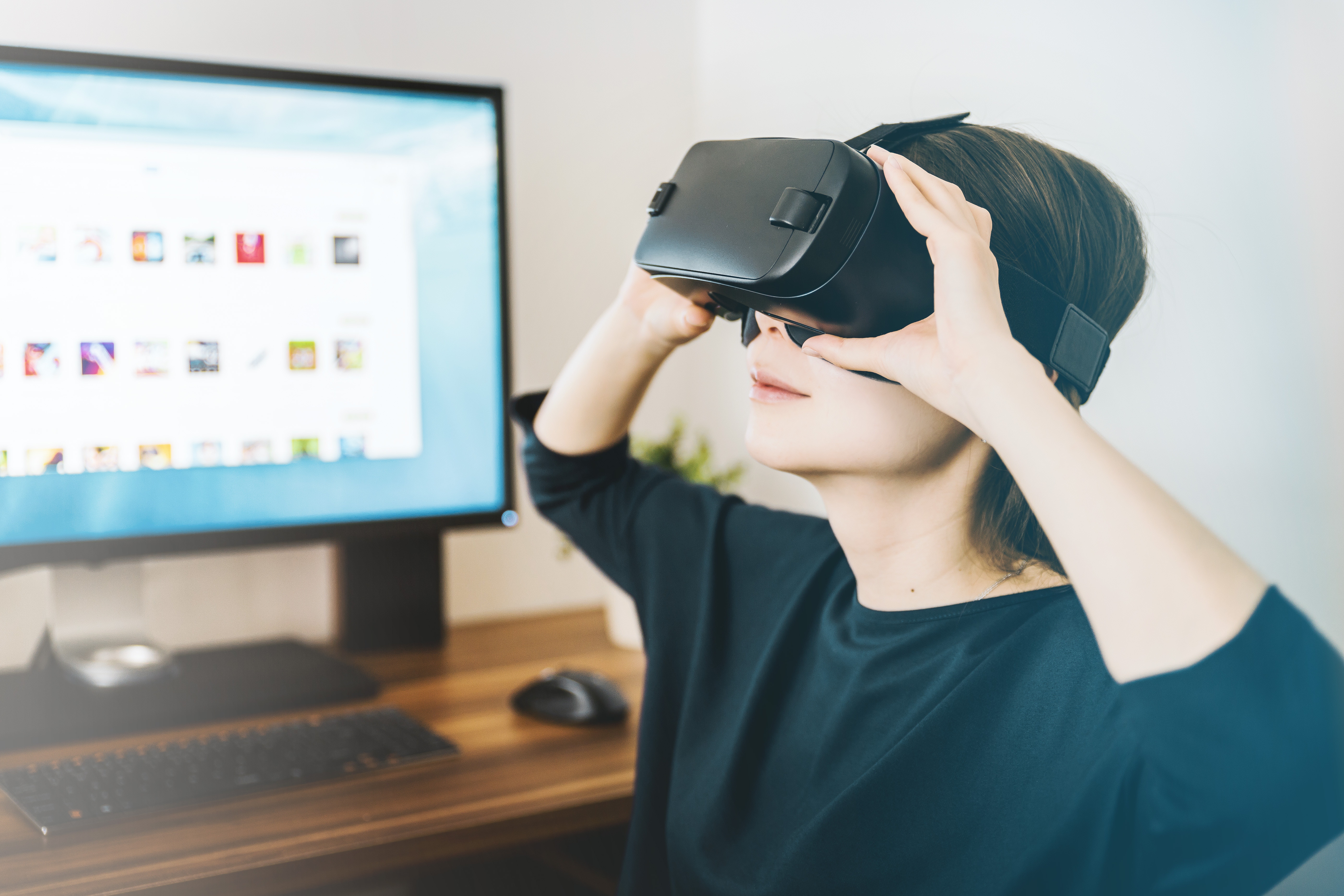
Last 2017 was a special time for browsers that supported WebVR standards. We actually saw giants like Amazon jumping in the space with Sumerian that...
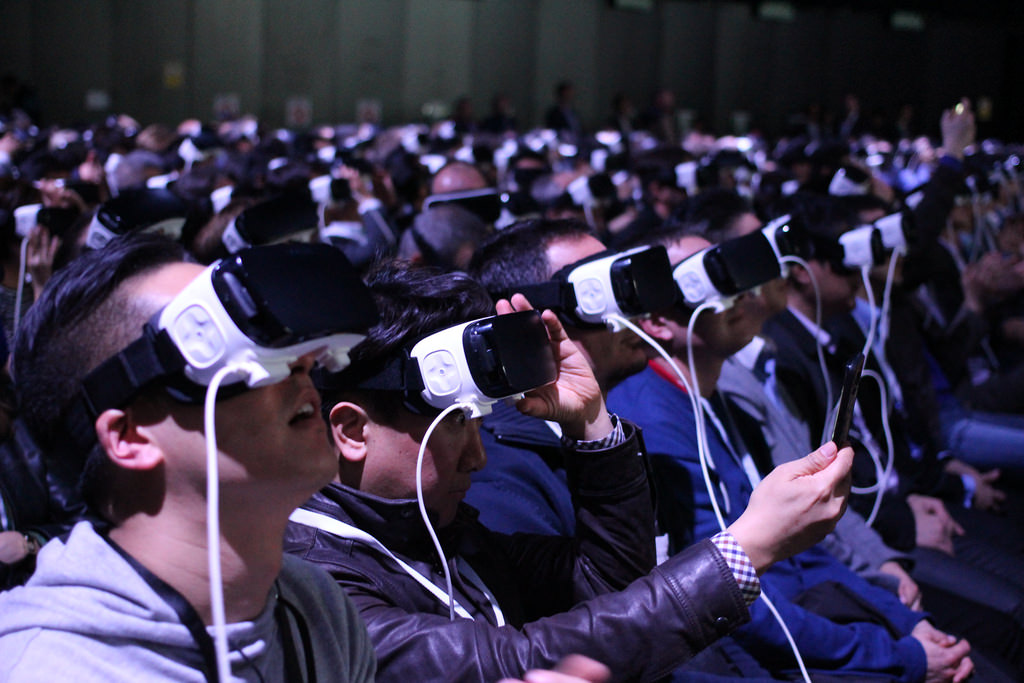
Augmented reality and virtual reality are the among the trendiest technologies today. With new use cases and innovations emerging rapidly, it is hard...